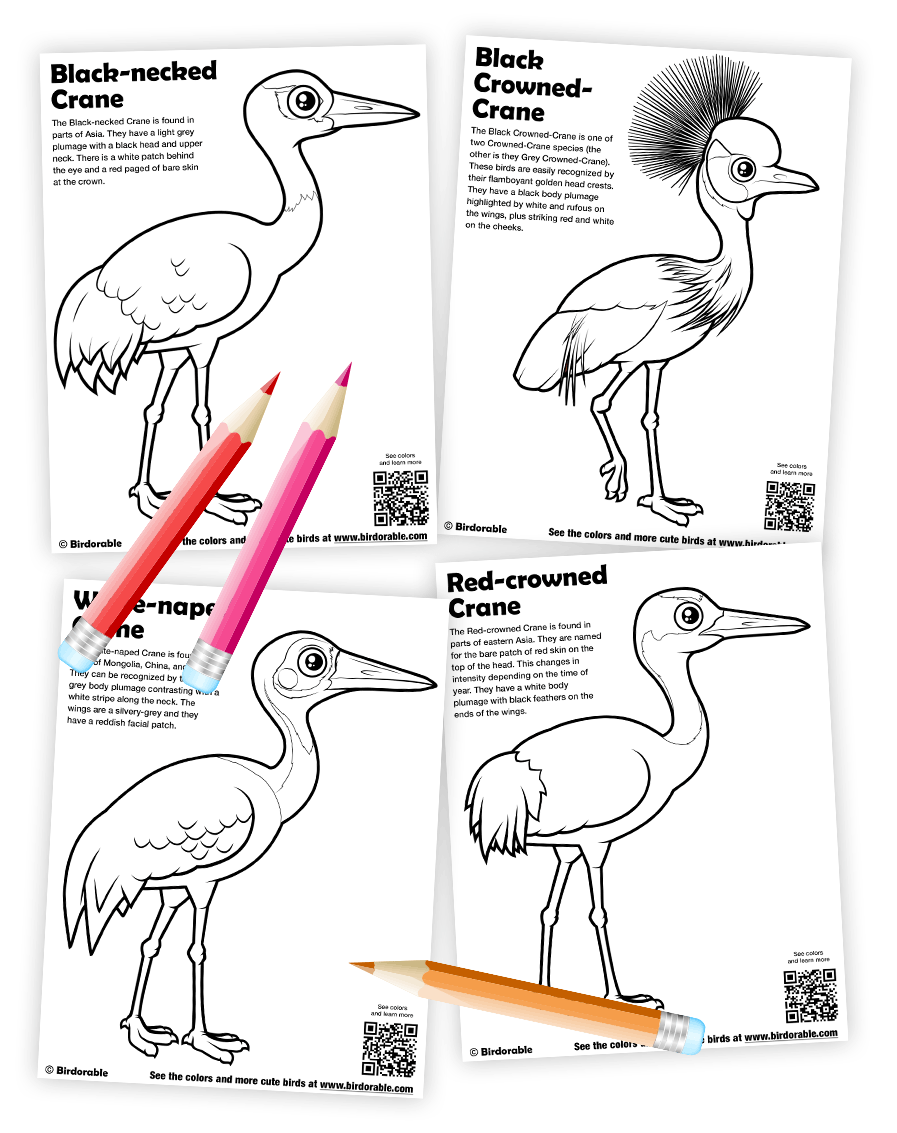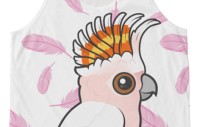New Coloring Pages to Wrap Up Crane Week
Of the 15 species of crane in the world, six of them have a color in part of the name: black, grey, white, red, or blue. This Crane Week we've added four new crane coloring pages to our free downloads collection. You can get creative with our new additions:

Direct links to the coloring pages:
All of our coloring pages are free to download and are perfect for schools, nature centers, zoos, and other environmental education locations.
Thanks for following along as we celebrated cranes this week on the Birdorable blog!





Comments
Leave a comment
Thank you!